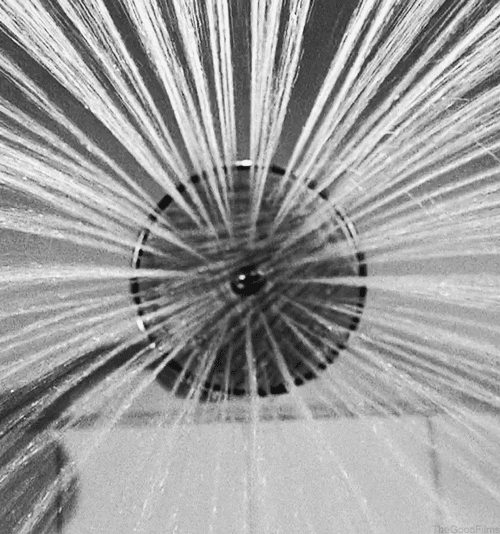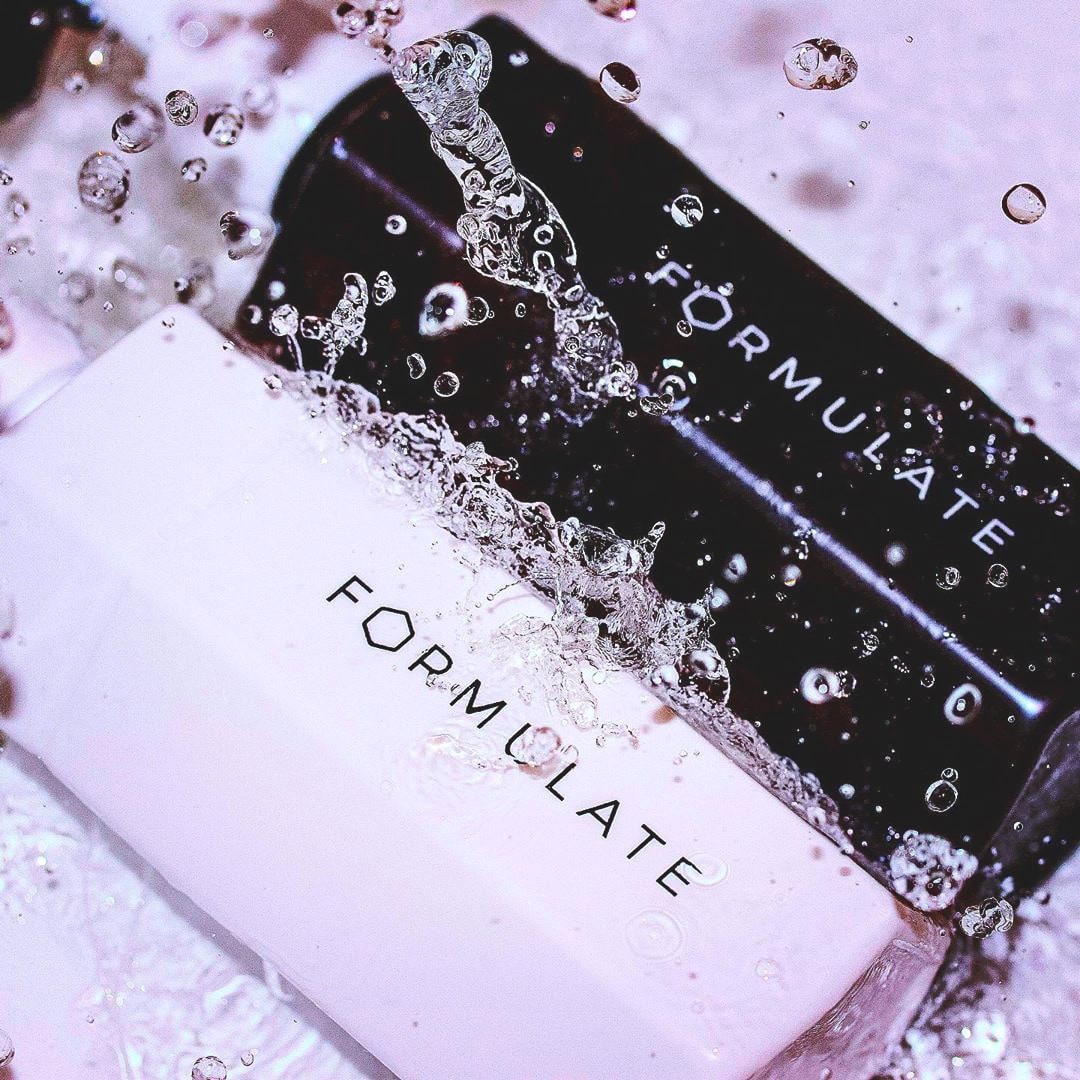"I'm in the shower and I'm writing a song,
Stop me if you've heard it.
My skin is soapy and my hair is wet,
And Tegrin spelled backwards is Nirget.
Lather, rinse, repeat,
And lather, rinse, repeat,
And lather, rinse, repeat,
As needed."
-"Shower Song", Phoebe Buffay (Friends, season 2 episode 6)
We're gonna come right out and say it -- we really hope you're not endlessly lather-rinse-repeating "as needed" a la Phoebe Buffay. Obviously that song is a banger but there's no reason to endlessly add more and more shampoo to your scalp once it's already been cleaned.
But that's the kicker: how do you even tell if your hair has been adequately shampooed? And is there a magical amount of shampoo that's right for you, or does it have to be guesswork every single time you lather up in the shower?

Most people use more shampoo than they actually need
The problem with wet shampoo is that unless you're a time traveling magician, you can't really tell exactly how your hair will look post shower while you're, you know, still in the shower. So it's pretty tricky to tell if you've gotten your hair properly clean or not.
Because of this uncertainty, most people tend to over-shampoo, rather than under-shampoo. This is understandable, when you think about it. Given the choice between using an unnecessary amount of product in the shower but ending with good results, or using a small amount of product and risk getting greasy, unclean hair, you'd skip the risk and choose the good results, right?
Shampoos are also designed to be pleasurable to use, which similarly contributes to over consumption. Bubbles are fun, and fragrances smell nice, so of course people are more likely to add more shampoo rather than less. We love feeling "super clean", and the majority of shampoos today have sensory ingredients that make us feel good even when we use them to excess.

According to expert hairstylist Stephanie Scuoppo from Warren Tricomi Salons, users also tend to overuse shampoo because they apply it in a pretty inefficient manner. "People tend to use two times more than actually needed, mainly because they pour it into the palm of their hand and generally 'dump' it on the top of their head. It doesn't really get to where it's needed so they add more, consequently using too much and over-cleansing the hair."
While there's no way to fix the problem of not knowing how your hair will turn out, Scuoppo has some easy tips for applying shampoo more evenly. "What's really needed is for the shampoo to be worked into the entire hairline, around the face, ears and back of neck (where oil and sweat glands are) after you put into your palm, rather than the top of the head" She suggests adding a little extra water to your hair to more evenly distribute the shampoo, and to focus on scrubbing your scalp, rather than your ends.
Can using too much shampoo harm your hair?
If you're using a high quality, gentle shampoo, you're unlikely to damage your hair by pumping out too much shampoo in a single shower. Over shampooing with gentle shampoo only really becomes a problem when you think about how much money you're, quite literally, dumping down the drain.
On the other hand, if you're using a shampoo with an intensive cleaning system, it's possible that using too much shampoo could damage your hair and/or irritate your scalp. Overly powerful cleansers, like sulfates, don't rinse very well because they bind to keratin proteins on the skin. Adding more of a potential irritant can lead to more irritation, so it's best to proceed with caution if your scalp is sensitive.
So how much shampoo is right for me?
There's no one-size-fits-all option for shampoo. This is because of a lot of reasons, including:
- People have different hair lengths. If your boo has 5 inches of hair and you've got two feet of hair, you're going to need more shampoo than they will.
- Some of us slather our hair with styling products, while others stay all-natural. If you have a week's worth of product build up in your hair, you might need a little extra 'poo to come clean.
- We wash our hair at different intervals of time. Someone who washes their hair only once a month might need more shampoo than someone who washes their hair every three days.
- We exist in different environments. An archaeologist who works at a muddy dig site will probably have dirtier hair at the end of the day than a customer service representative who sits at a desk.
- Not everyone uses the same shampoo. It's sometimes necessary to shampoo twice with a sulfate free shampoo to get a deep clean.
These are just a few examples, but hopefully you get the picture. People live diverse lifestyles, therefore, they have diverse shampoo needs.

How can I use less shampoo when washing my hair?
It's actually pretty simple.
- Get your hair fully wet before applying shampoo. Not just damp -- you'll want your locks to be soaked.
- Squeeze a smaller than usual amount of shampoo into your palm. You don't have to go radically less than usual, just be sure to get a good idea of the size of your shampoo dollop before you continue.
- Remove your hair from the water (so the shampoo isn't immediately rinsed) and scrub-a-dub-dub. Use the pads of your fingers to thoroughly scrub your entire scalp, not just the top of your head, for at least a full minute. Be sure to avoid accidentally scratching your scalp with your fingernails -- you'll want to be thorough, but gentle.
- Let the shampoo sit for a bit longer, to finish doing it's thing. This is prime time to shave, wash your face, etc, anything else that you've got to get done while still in the shower. Just be sure to avoid accidentally rinsing your hair in the process.
- Aaand it's finally time to rinse out your hair. Position your head immediately below your water source, and remove all the soap from your hair. We'd encourage you to rinse even a tad longer than usual so you can be sure to remove all traces of shampoo from your hair.
Thirsty for more hair knowledge? Here's what to check out next:
How Long Does It Take For Hair To Grow Back?
How long does it take for hair to grow back after a bad cut?
Is Hair Alive?
The answer might be a little more complicated than you thought 👀
What's the Best Way to Dry My Hair?
Hint: It's not air-drying 😲





